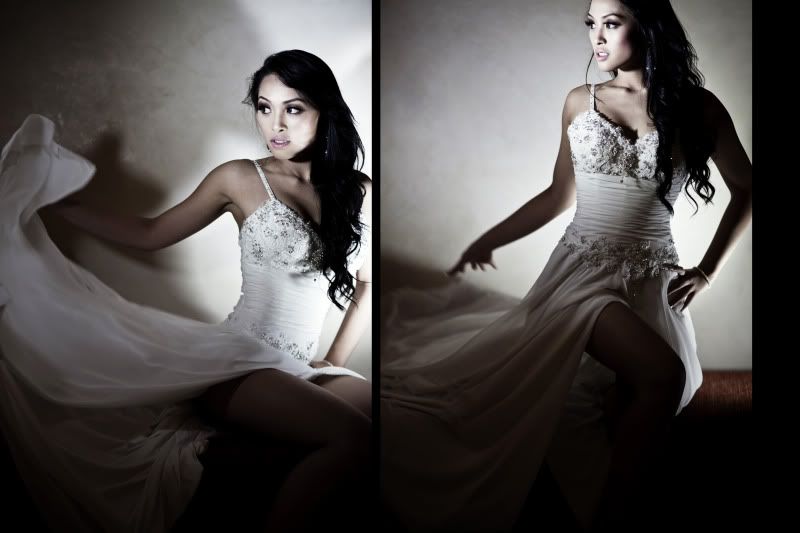Jackie!! read the OP's post!

how on earth do you wear a videographers LED lighting array ...
I know you have no idea on what I'm usually on about, and that's because I try to answer the OP's question directly.
So.. and just for a change .. try to answer the OP's actual question, rather than starting a new tangent(while it may one day be valid, this is up to the OP to decide).
Can you get these videographers LED lamps for $10-50? Do they have the power to drive their illumination further even compared to a simple hi power LED chip bicycle head torch?(I bet you they don't!)
spread is one thing, power in illuminating distant subjects is another!







 Thanks useful information:
Thanks useful information: 
 Reply With Quote
Reply With Quote Add To Bookmarks
Add To Bookmarks



 Threadstarter
Threadstarter

 ) and have tried to use them in a few varying situations, with different levels of success.
) and have tried to use them in a few varying situations, with different levels of success.













